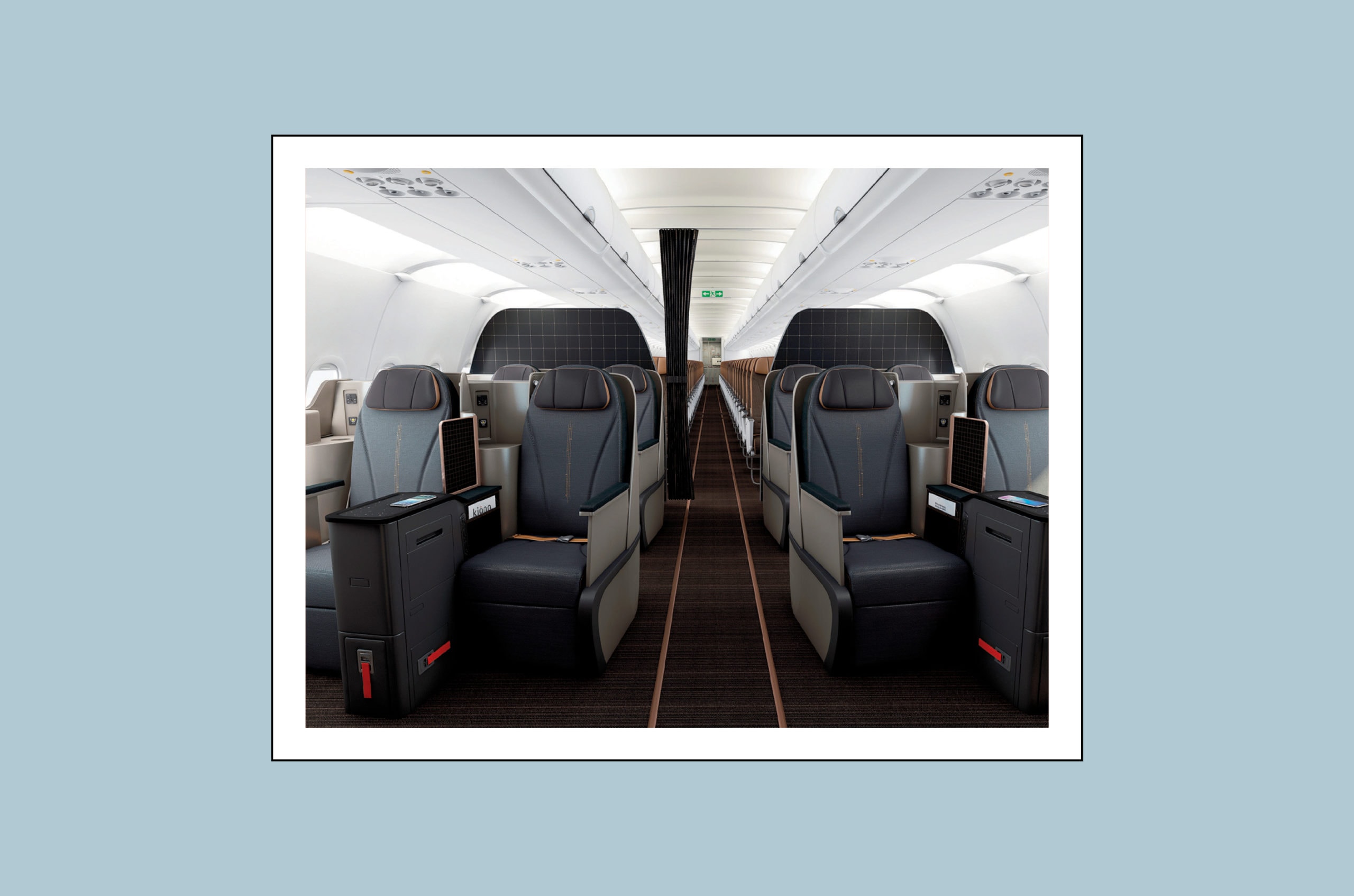To Designworks, Developing a Tactile Design Language Is as Important as Honing a Visual One
Share

In It Takes Ten, leaders from 10 of the industry’s top design houses share their thoughts on the creative process, sources of inspiration and the many diverging strategies that guide their work. In this section, Designworks shares how it gets the feeling right in its designs.
Before enrolling in an industrial design program at the University of Wuppertal, where he was exposed to Bauhaus, Scandinavian minimalism and the design principles of Dieter Rams, Holger Hampf, president of Designworks, a BMW Group company, wanted to be a fashion designer. He was drawn to sketches of clothing and accessories; his fondness for color and material persists today.
Lately, he’s had his eye on Byborre, a Dutch textile innovation studio that engineers knitwear using a sustainable method that reduces waste. Byborre textiles were used for the upholstery of BMW’s i Interaction Ease autonomous-mobility concept, unveiled for the first time at CES 2020. “Many car companies talk about replacing leather with artificial leather – the so-called ‘vegan’ interior. However, I feel the opportunity really is to work with fabric manufacturers and understand what is special about other materials.” Hampf says that textiles like Byborre have the added benefit of being able to embed ergonomic features and technologies, making them promising for aviation and mobility in general: “The user can interact with the seat and environment in a very natural way, for example by touching a surface to give a command.”

When it comes to Designworks’ recent airline projects, Hampf spotlights the cabin interiors of Taiwanese upstart Starlux Airlines, which advertises low fares, an economy-dominant cabin and a luxury (hence the name) cabin experience nonetheless. “We still wanted a very premium cabin feel and developed a warm and ‘cozy like home’ color and material story,” Hampf says, pointing to intimate mood lighting; rich brown, black and gray tones in business and warmer neutrals in economy; and the pillows and blankets that await passengers at their seats.
Ruth Ng, a material and color designer based in Designworks’ Shanghai studio, adds, “Texture, warmth, tactility and contrast come together in harmony to create a relaxed home-like atmosphere – an environment you feel welcome and want to spend time in. Our goal was to create a feeling of being cared for.”
What’s evident, Hampf hopes, is a departure from the bare-bones experience we have become inured to in economy. “Everything about it feels somehow loveless, but it doesn’t have to be,” he says. “Even in economy, I can envision an experience that is pleasing to the eye and touch, but airlines have to take more risk and become more playful with space and materials.”
“It Takes Ten” was originally published in the 10.2 April/May issue of APEX Experience magazine.


